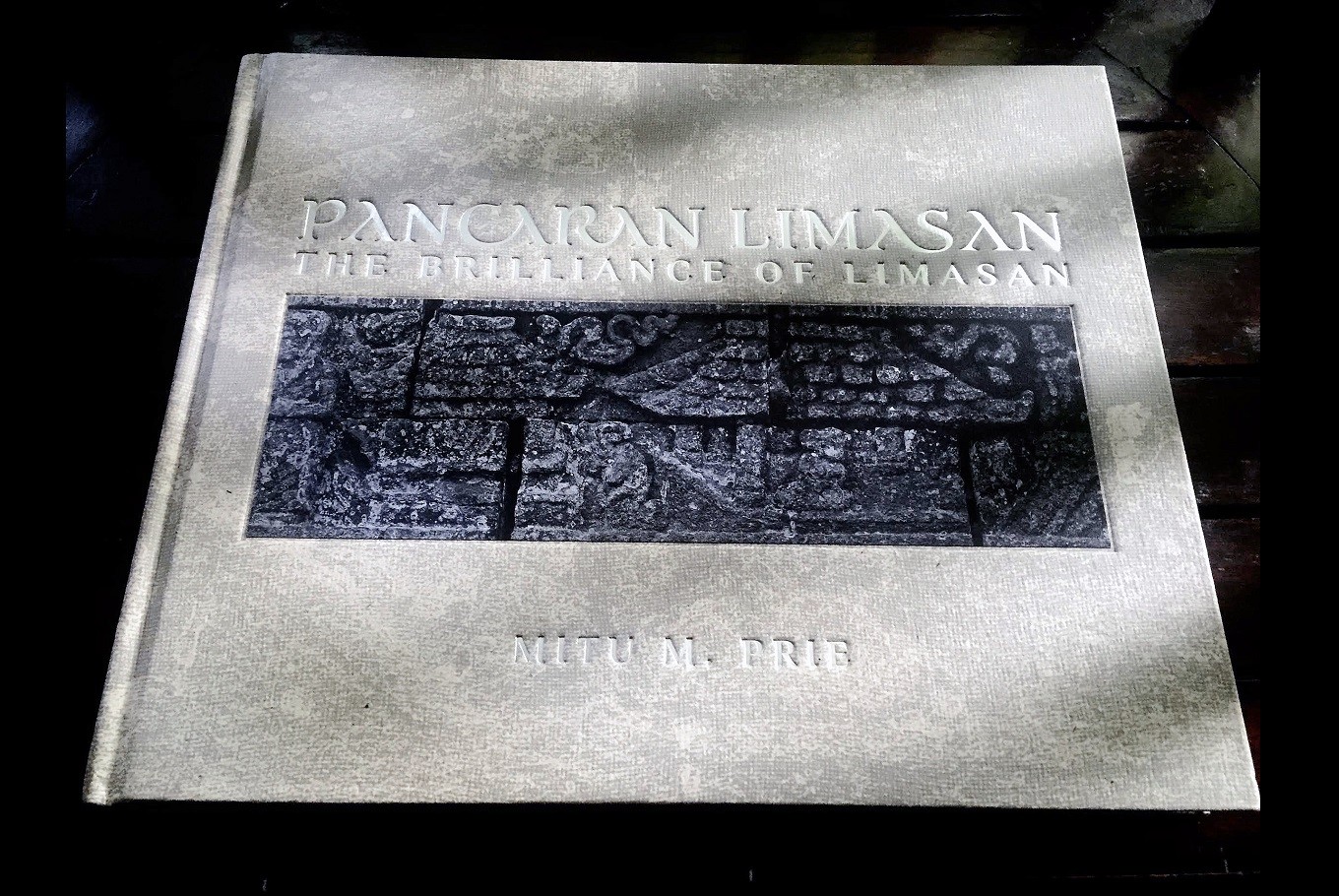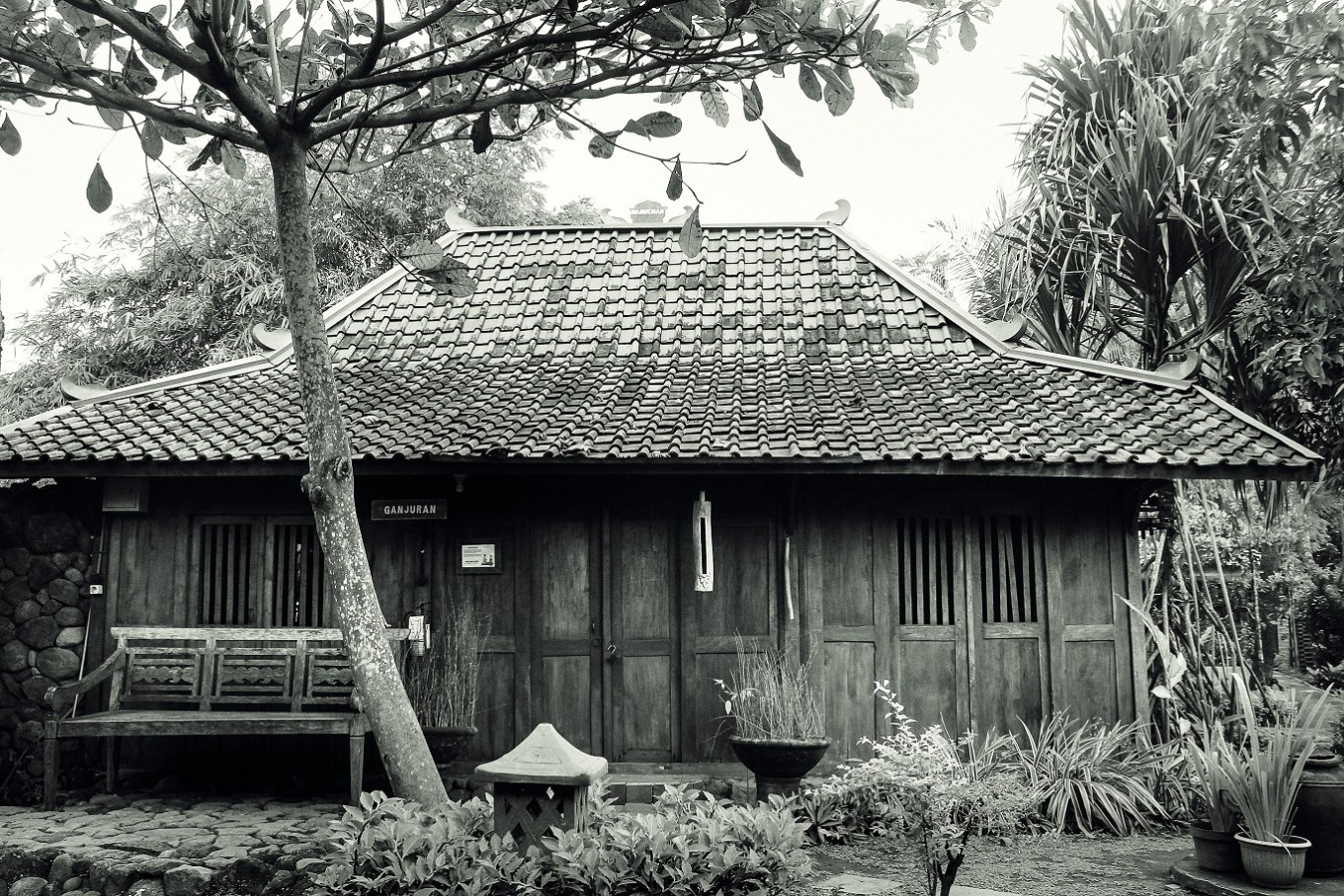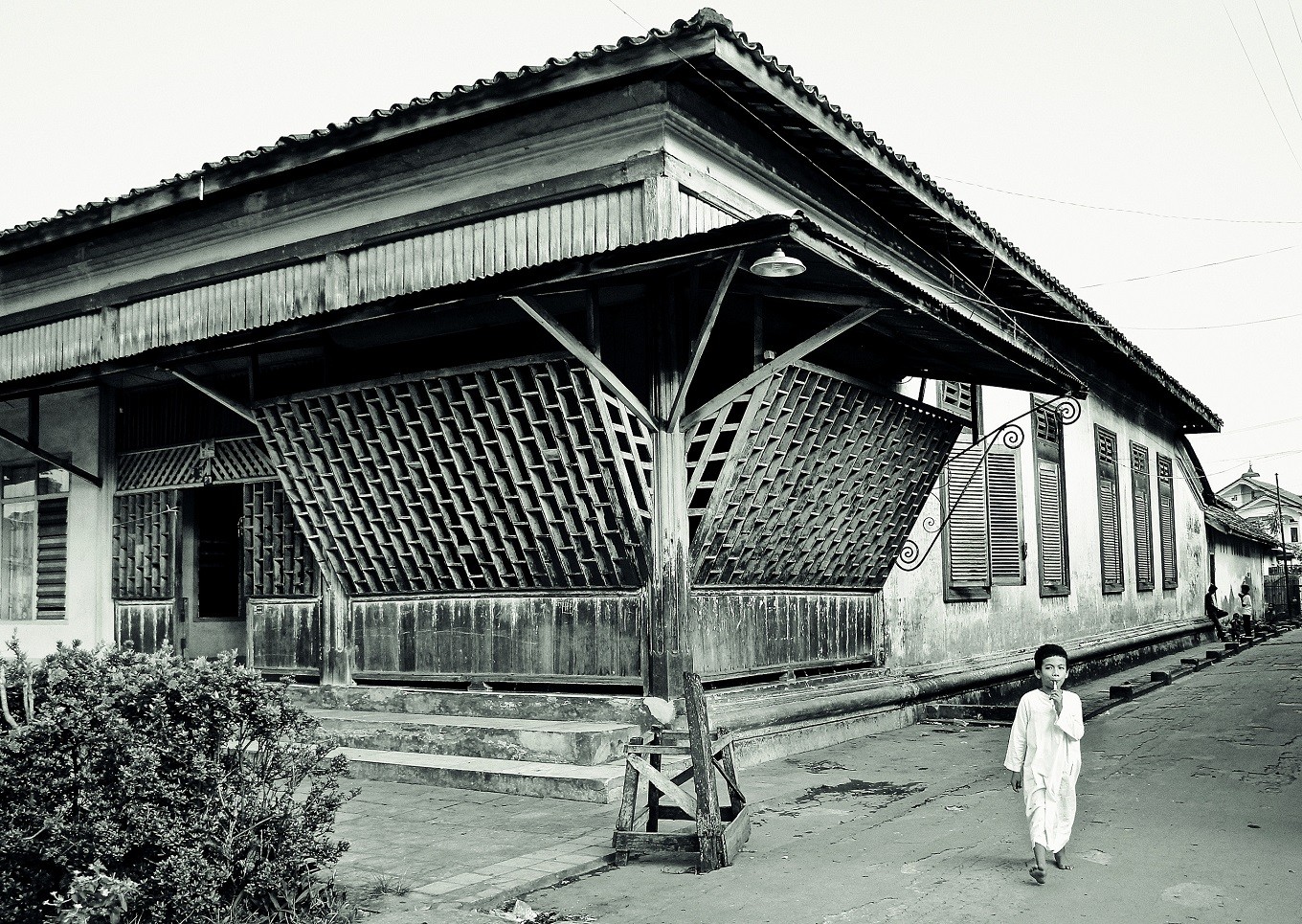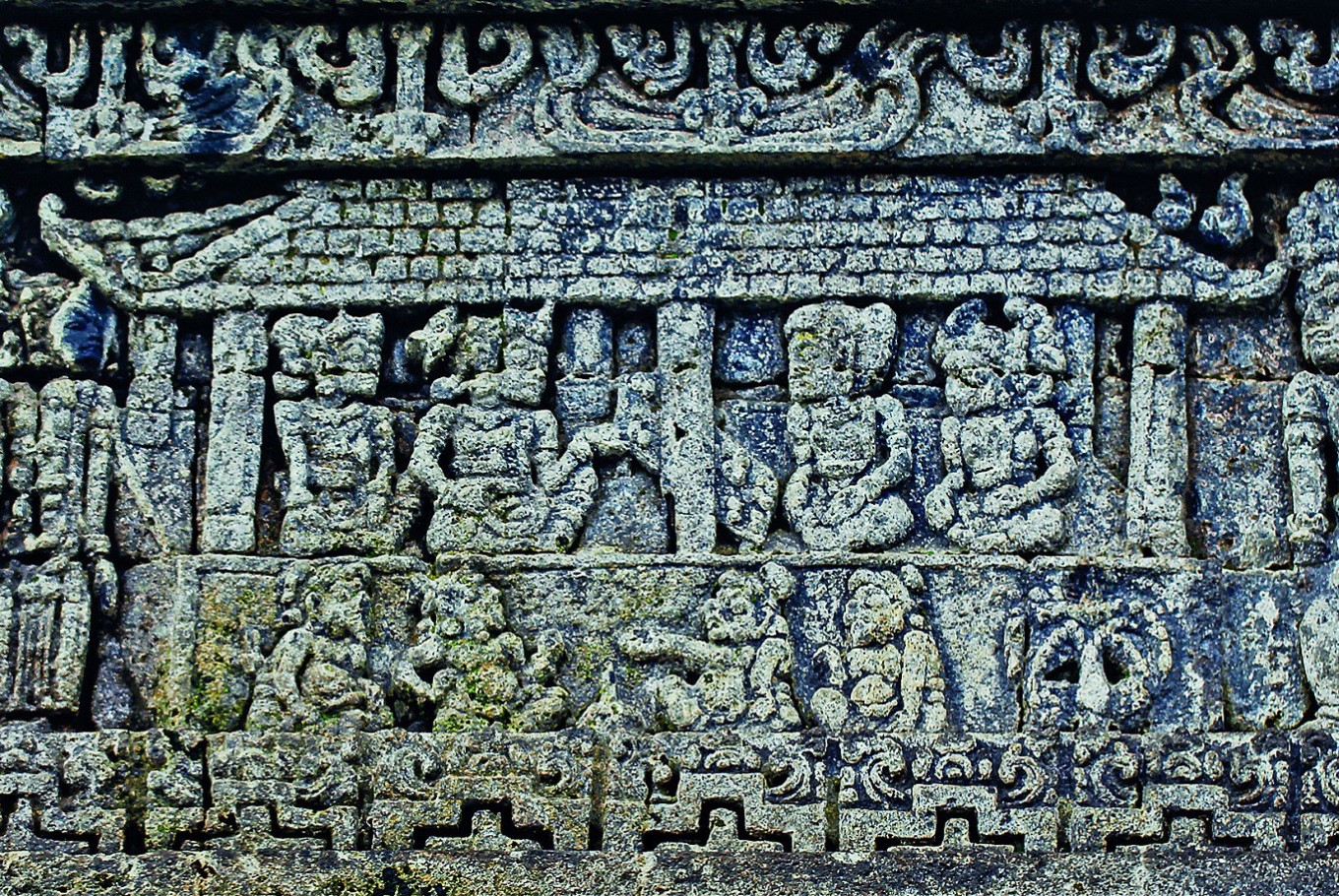'Limasan': Java's magical architecture
Archaeologist Mitu M. Prie’s latest book, Pancaran Limasan (The Brilliance of Limasan), pays homage to artisans of the country’s glorious past.
Change Size
 Pancaran Limasan (The Brilliance of Limasan) by Mitu M. Prie, Red and White Publishing, 2016, 238 pages. (Mitu M. Prie/File)
Pancaran Limasan (The Brilliance of Limasan) by Mitu M. Prie, Red and White Publishing, 2016, 238 pages. (Mitu M. Prie/File)
F
rom the outside, they look unremarkable, only to be picked out among terracotta sameness by keen eyes. But the roof is the giveaway — the lower sides should slope gently over verandas on all four sides while the peak rises sharply.
The shoulder shape is critical, indicating the owner’s importance, essential in a statusconscious culture. The most important is joglo with a central cone, the others limasan. These houses are the liveable representations of the landscape in miniature, the gently rising fields suddenly confronted by the upward thrust of a mountain range.
Limasan are the traditional buildings of Java and South Sumatra with a design ancestry of more than a millennia as these houses sometimes feature on temple frescoes where the playful carvers of legends and the doings of royalty spiced the stories with cameos of everyday life.
Some look as though they were chiselled yesterday as the artist glanced around for subjects; a man hawking goods carried on a yolk, a woman dressed in a long skirt, buffalo ploughing a paddy: These remain commonplace scenes in rural Java.

Volcanic eruptions smothered Borobudur and scores of other monuments to Shiva-Buddha (an evolved mix of indigenous Hindu and Buddhism). Hot ash rained down destroying almost everything combustible. As the people’s homes were built of timber and bamboo these burned rapidly or rotted slowly as the jungle reclaimed abandoned farms.
The carvings survived, and like photographs, contain such detail that curators at the Trowulan Museum in East Java have built a replica.
Western visitors should be warned not to stand upright in doorways or under roof beams as the early Javanese were not tall so the houses were built according to their body sizes.
Read also: Cultural movement seeks Indonesian women to wear, preserve kebaya
However, they did construct with a sense of proportion and beauty and a practical knowledge of comfort in a climate of heavy rain and intense sunlight.
Guests could be received in shade on the front veranda without having access to the intimate inside. The overhang kept rain off the walls.
The high point in the house collected the rising hot air ensuring the lower living area stayed cool. Keeping out the light meant many dark corners where spirits could feel at home. All well and good.

But inside a limasan, there’s much more than just a few basic tricks of design.
The underside of the roof supported by tall timber pillars is often a masterpiece of carving inside rectangular three-dimensional ceilings. Like sleeping under the stars and watching galaxies afar wink their way across the dome of heaven, a dozer in a limasan can be lulled by contemplating the impressive decorations above.
Archaeologist Mitu M. Prie graduated from the University of Indonesia in 1984. For a while she worked in her profession before turning to advertising. She started the arts collective Koalisi Seni Indonesia and has long been involved in campaigns to preserve and appreciate Indonesian heritage.
Her latest book, Pancaran Limasan (The Brilliance of Limasan), is homage to the artisans of the Majapahit Kingdoms (late 13th century to early 16th) and their ancestors.
Read also: 'Jenang' festival preserves traditional food
This golden era of Javanese history came when an empire was built by the clever and cunning Gajah Mada, the prime minister under Hayam Wuruk. The king reigned between 1350 and 1389, consolidating his empire’s power centered on the rich Brantas River flatlands of East Java.
The people prospered through conquest and trade. They had enough disposable income, as modern economists say, to spend on things they didn’t necessarily need but certainly liked. These included elaborate interior design of a style that reflected the culture — enigmatic.
So there are elaborate patterns, though few depictions of real things, unlike the temple frescoes. This may be a mark of respect to Islam which prohibits images of nature; if so it’s a recent addition as monotheism was a latecomer to the archipelago.
In the finest examples of limasan, the posts are decorated and painted in the traditional green and yellow, often with a touch of muted red. Although originals are rare and pricey limasan with glass windows, neon lights and all modern amenities have been built in some upmarket resorts.

When the Dutch arrived in the 16th century they included European architecture among their cultural baggage — but soon found that a mansion in chilly Amsterdam didn’t transplant well to tropical Batavia.
Those who were least proud borrowed local concepts to create the high roof “Indies Style.” Art deco versions are still to be seen in cities like Malang in East Java where the wealthy Dutch plantation owners settled. The intricately patterned tile floors came later.
Read also: Garin Nugroho’s ‘Setan Jawa’ to have world premiere in Australia
Prie’s book also attempts to be a work of art in keeping with its subject. It has a sturdy cover, many sketches and around 100 photos taken by the author. However, these are in monochrome or sepia, when sharp colors would have aided appreciation.
And the text is tiny. Publishers of big picture books frequently get carried away by presentation and forgetting contents. The final product should be easily accessible to all readers — even if that means sacrificing tonal subtleties known only to the designer.
The best limasan and joglo are exquisite, to be ranked alongside wayang kulit puppets and gamelan orchestras as cultural treasures of global importance, and the book aims to let in more light.









